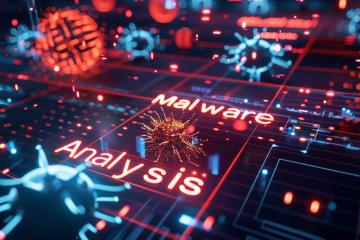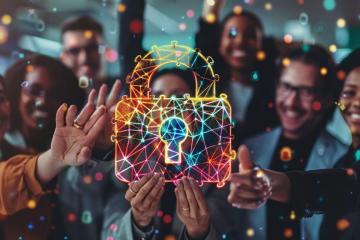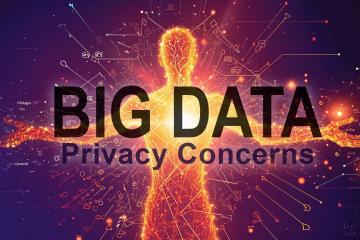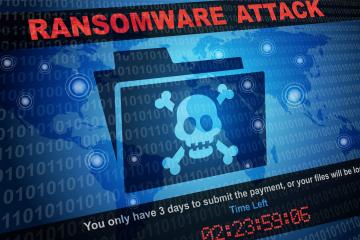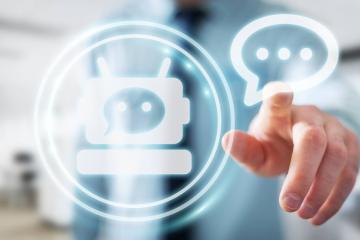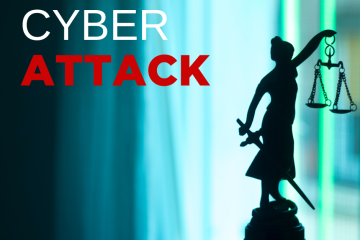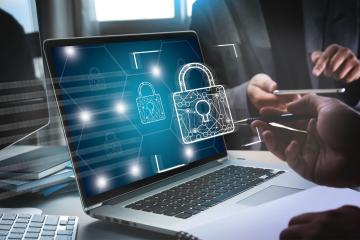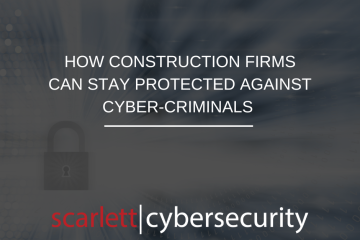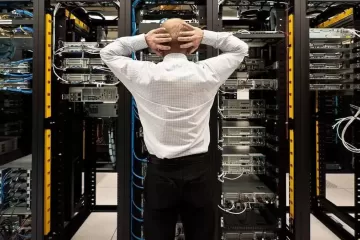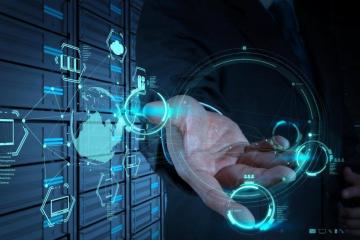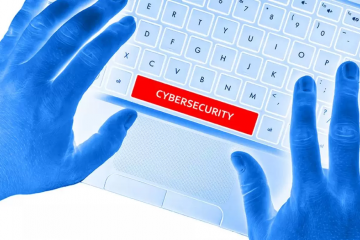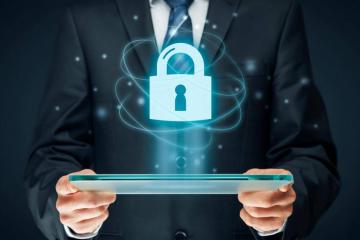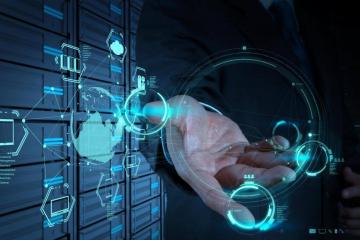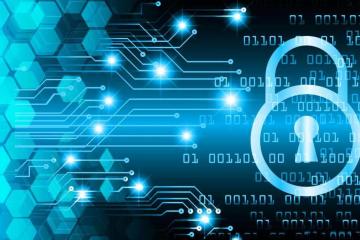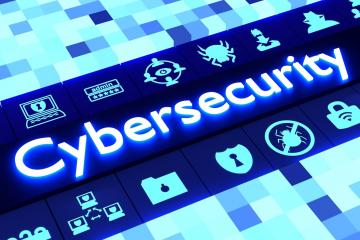Cybersecurity refers to protective measures taken to guard against criminal or unauthorized exploitation of systems, networks and technologies. It focuses on safeguarding key assets like Internet-connected devices, critical data, underlying infrastructure and users interacting within digital ecosystems.
Robust cybersecurity is essential, given the rising reliance on information technology combined with more sophisticated threats. Whether an individual anxious about identity theft, organization concerned over trade secret theft or a hospital hoping to protect patient health records, cybersecurity provides the tools and knowledge to limit vulnerability.
It aims to enable confident use of technologies that drive communication, commerce and innovation by instituting appropriate controls. With diligent cybersecurity comes greater safety plus peace of mind around beneficial technologies. As risks accelerate in quantity and impact, so does the importance of cybersecurity awareness.
Key Concepts
Definition:
Cybersecurity encompasses practices, protocols, software and education to keep valuable data, systems and infrastructure protected by proactively defending against threats like viruses, unauthorized intrusions or attack.
Purpose:
It aims to limit cyber risks as more sensitive information and operational controls migrate online by reducing the likelihood, severity and duration of security incidents through layered defenses.
Relevance:
Cyberthreats now pose universal risks given digital transformation across finance, healthcare, energy and government. Thus cybersecurity holds relevance across sectors.
Components
Though a complex policy area, cybersecurity breaks down simply into key building blocks that reinforce one another:
- Technology: Firewalls, MFA, endpoint security software and other tools add digital protection layers by encrypting data, restricting access and defending assets/networks.
- Operations & Response: Written policies and organizational workflows ensure security practices extend across departments and supply chain partners through standards enforcement and accountability.
- Education: Training and testing ensures personnel understand latest threats plus stick to best practices in password policies, suspicious communications and system access to become a strong human firewall.
Examples
- A teenager turns on two-factor authentication in social media settings, recognizes fraudulent links asking for account credentials and utilizes a password manager to enable use of strong, unique passwords across each online account without ability to recall from memory. Together these individual measures limit account hijacking risks through security tools and education on common threats.
- A hospital deploys endpoint detection and response software to continually check connected devices for infection or odd internal network behavior. Strict vendor assessments mandate partners uphold equivalent security levels for accessing systems. Mandatory cybersecurity training and simulated phishing links keep employees alert to warning signs. Combined these organizational measures aim to prevent threats from impacting patient data or care delivery from all angles.
- A utility company institutes multi-layered defenses across operational networks, company data centers and administrative systems. Corporate, plant and third party networks remain fully separated. Software filters access, monitors user activity for anomalies and requires strong credentialing. Adherence confirmation to cybersecurity standards comes through independent auditing. These controls focus on reducing risks directly tied to provision of a critical public service.
Importance
As digital integration widens across industries, so do vulnerabilities cybersecurity aims to help manage:
- Personal: Identity theft, financial loss, doxxing, psychological harm, lost memories and productivity from compromised accounts or devices. Education, tools like MFA and backups help individuals avoid being low hanging fruit.
- Business: Trade secret or strategic plan theft, website downtime, lawsuits over data breaches caused by poor defenses threaten operations, customer trust/retention and ultimately revenue.
- Infrastructure: Power grid or water treatment plant disruptions, hospital system hacks during critical care cases or tampered autonomous vehicle controls endanger public safety through vulnerabilities in operational technology systems.
Defense Strategies
- Conduct ongoing risk assessments addressing gaps in vendor, software, employee and data handling oversight.
- Enable system threat detection through analytics monitoring network traffic, administrator actions and employee behaviors for anomalies
- Institute required cybersecurity and phishing simulation training so personnel readiness stays continuously refreshed
Best Practices
- Back up sensitive data regularly in case primary devices suffer damage or infection
- Be extremely cautious of unsolicited requests for login credentials or account information
- Enable multifactor authentication across accounts whenever available
- Maintain device software, apps and operating systems at current patch levels
Related Terms
- Cryptography: Encoding and decoding of secure communications
- Vulnerability management: Finding and patching bugs/flaws before criminals exploit them




